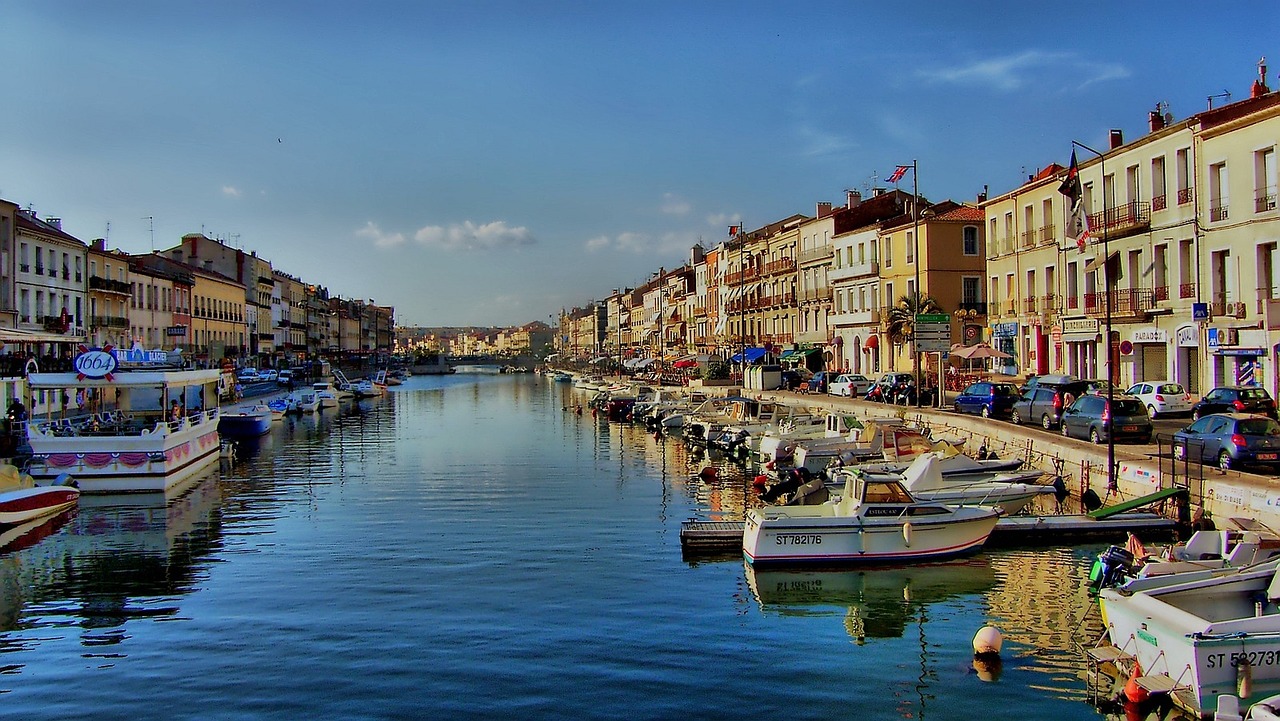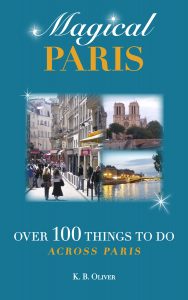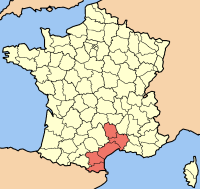
Languedoc, France
What is Languedoc France? It’s a region in France that covers the western curve of the Mediterranean coast. It extends from Provence to Spain and includes La Camargue, Montpellier, Nimes, and Ales, and embodies the South of France with fewer rugged hills.
The Languedoc is one of the warmest, windiest, and driest places in France with a coastal area that, unlike Provence, is flat. There are long, sandy beaches, fishing towns, resorts, and medieval villages. All that you’d expect from this area!
Here’s a circuit for you that can take one or two weeks or more. You can stretch it out as you like! You’ll start in Nimes and travel southwest from there. You can end up back in Nimes or else return the car to another city.
The southern part of the region is called Roussillon (not the same as the town of Roussillon I wrote about last time) and is an important wine-growing region. In fact, the vineyards of the Languedoc provide one-third of France’s wine. Further south you’ll find the Pyrénees mountains, wooded near the bottom and good for hiking. You could even zip over to Spain for the day!
Start your circuit:
Nimes This larger town was established by the Romans and best-known for the famous “Arène”, or arena, which rivals the Colosseum. You can see other Roman ruins as well in this lovely Mediterranean town. In addition, there are other historic monuments, and Old Town, and gardens. It’s a good jumping off spot for La Camargue or the Cevennes mountain range to the north, where you can visit gorges, go hiking, and enjoy being in nature.
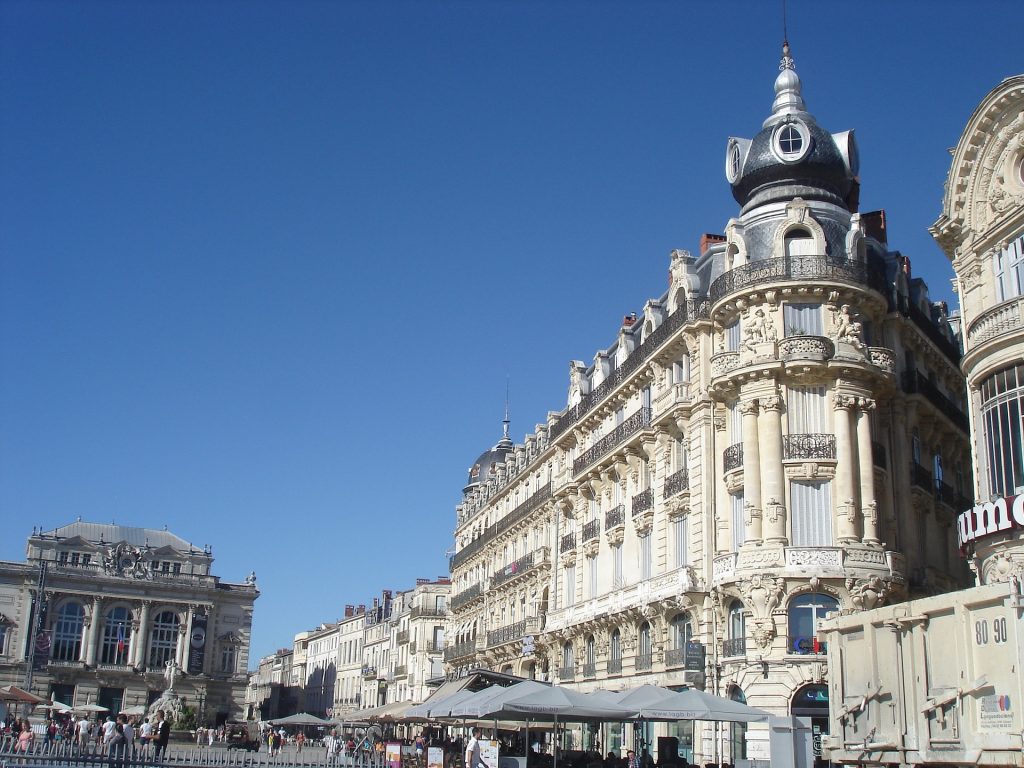
Montpellier France
Montpellier (Drive 1 hour drive southwest) this is the largest city in the region, with about 250,000 residents. There are a vibrant downtown and old town and plenty of college students. You must see the Musée Fabre, featuring many of the old masters, such as Rubens, Delacroix, Monet, and Degas. As you drive down toward Narbonne, you’re in wine country. Stop and visit some vineyards and do some tastings!
Sète: (Drive 35 minutes southwest) A charming seaside town and fishing village, called the Little Venice of Languedoc, named for the canals around town. It is the end point of the Canal du Midi. (featured image photo)
Activities include a summer jazz festival and you’ll enjoy Thau Lake, the biggest in the region, where they do oyster farming. You can take a boat ride with underwater views. Visit the old port, and if you love seafood you can buy it fresh daily at the fish market located at the port. About 9 miles northwest you can relax in Bouzigues, a sleepy village known for shellfish farming.
Agde Drive 30 minutes southwest on a causeway, with water on either side of the road for a picturesque drive. Vieux Agde is the original town on the riverbank. Nearby is the newer Cap d’Agde beach resort with a huge waterpark. Pick whichever one suits your mood!
Narbonne 45 minutes further southwest is an old Roman city full of history and an impressive château. Many come to see the Roman ruins, including part of a Roman road (the Via Domitia.)
(Perpignan) If you have some extra time, you may want to drive 50 minutes to the south along the coast. From here you can see the peaks of the Pyrenée mountains separating France from Spain.
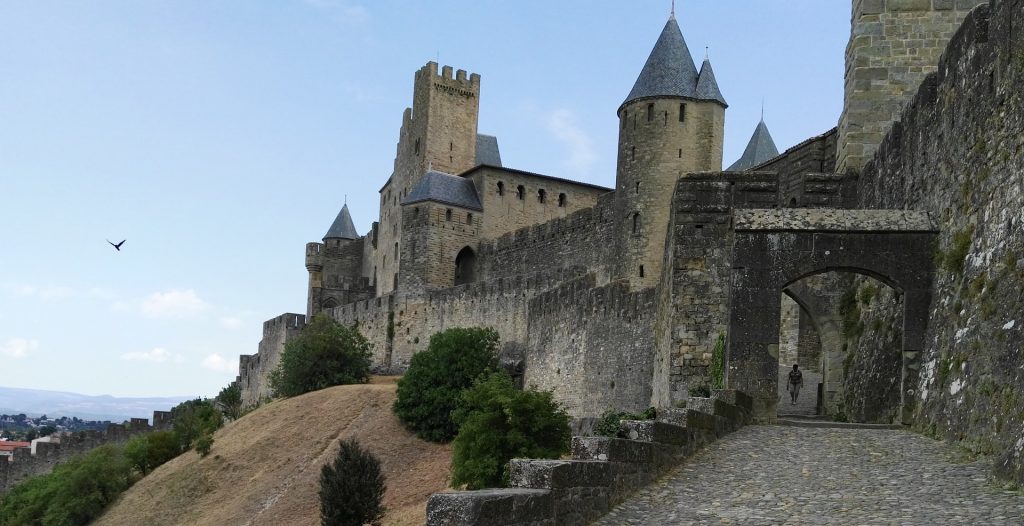
The medieval town of Carcassonne
Carcassonne (50 minutes west from Narbonne; 1 hour 20 minutes from Perpignan.) Medieval ramparts (with double-layer walls) including 52 stone towers, encircle this town. You can visit the castle, walk the ramparts, go to the medieval cathedral, and take in the special charm of the town. The Lower City is outside the walls and has a different atmosphere and fewer tourists. You’ll find shops and cafés and what looks like a normal town instead of a tourist mecca!
To Return: You can return your rental car in Carcassonne and take a train back to your next destination, or you can add on Toulouse (1 hour) and return it there, Montpellier (1 hour 45 minutes), or Nimes (2 hours).
(Toulouse) For more on this vibrant town, see the Post.
The nature approach:
Grandes Causses and Cevennes. This is a mountain area inland (toward the north of this circuit) with gorges, hills, caves, forests, and plateaus. Cavern of Aven Armand is there, with the world’s greatest collection of stalagmites.
In other words, plenty to see!


